Oak Wood
- September 1, 2023
- 1 comment

Oak wood’s reputation is a culmination of its strength, durability, and enduring aesthetic allure, making it a revered material for centuries across diverse fields like shipbuilding and furniture-making. Its robustness and resilient grain structure have lent it strength, ensuring its utility in creating enduring structures and vessels. Meanwhile, its resistance to decay and insects has solidified its status as a material capable of withstanding the test of time. Beyond its functional attributes, oak wood’s timeless visual charm, characterized by intricate grains and warm tones, enables its seamless integration into various design contexts. As a result of these qualities, oak wood remains an esteemed choice for countless craftspeople and builders, leaving an indelible mark on history.
Color
The color of oak wood presents a captivating range, predominantly showcasing light to medium brown tones that exude timeless warmth and elegance. Occasionally, subtle reddish or pinkish tints add intriguing nuances to its palette. These color variations find their roots in specific oak species and growth conditions, influencing the wood’s overall appearance. Factors such as oak type, geographic location, soil quality, sunlight exposure, and tree age intricately contribute to the wood’s distinct color expression. This diversity not only underscores oak wood’s adaptability but also enhances its universal appeal, enabling it to seamlessly complement diverse design aesthetics while evoking feelings of comfort and natural beauty.
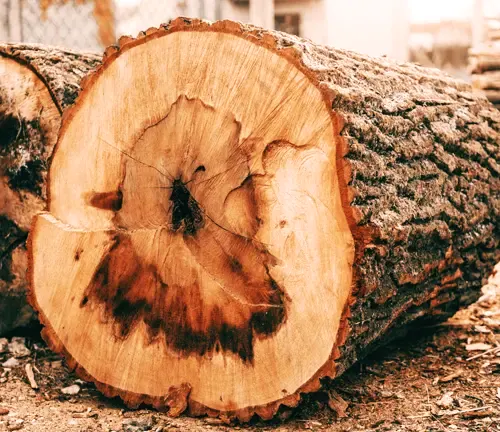
Texture
Oakwood boasts a distinct texture characterized by a coarse and open grain, often displaying an uneven surface with either a straight or subtly wavy grain pattern. Notably, its sizeable pores have a propensity to absorb stains and finishes, resulting in a uniquely rich and pronounced appearance when meticulously polished, adding to its inherent charm and appeal.

Leaves
The leaves of oak trees exhibit an intriguing diversity, featuring lobed or serrated edges that assume varying shapes across different species. During the vibrant seasons of spring and summer, these leaves unfurl in a lush shade of green, contributing to the tree’s lush canopy. However, as autumn arrives, a breathtaking transformation occurs, with the leaves transitioning through a spectrum of colors that span from fiery reds to rich browns. This seasonal metamorphosis not only adds a visually captivating aspect to the tree’s lifecycle but also symbolizes the ever-changing nature of nature itself.
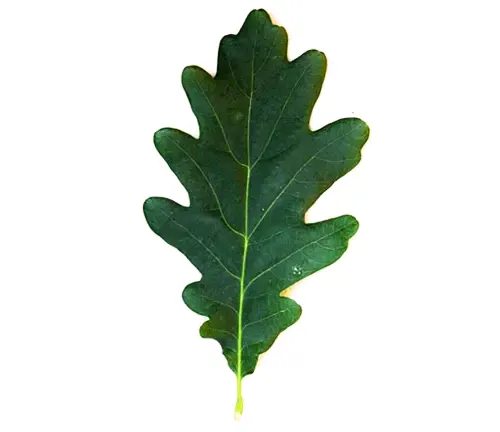
Flower
Oak trees exhibit a fascinating reproductive system, producing both male and female flowers. The male flowers take the form of elongated catkins that gracefully dangle from the branches, releasing pollen to facilitate pollination. In contrast, the female flowers are smaller and reside on the same tree, eventually giving rise to the iconic acorns that are a hallmark of oak trees’ reproductive cycle.

Bark
The outer skin of an oak tree is characterized by its robust and rugged texture, usually thick and rough to the touch. Over the course of its lifespan, the bark evolves in color from gray to various shades of brown, offering a visual testament to the tree’s maturity. As the years pass, the bark showcases deep fissures and ridges, recording the passage of time and reflecting the tree’s enduring presence in its environment.

Seed
Oak trees’ reproduction centers around the production of acorns, their distinctive seeds. These acorns feature a tough outer shell and are crowned by a distinctive cup-like structure at their tops. Beyond their botanical significance, acorns play a pivotal ecological role, serving as a vital food source for an array of wildlife species that rely on these nutrient-rich seeds to thrive.

Growth
Oak trees are known for their unhurried growth rate, marked by gradual expansion over time. Despite this measured pace, they possess the remarkable ability to live for centuries, if not millennia. A hallmark of oak trees’ growth is their development of deep-rooted systems, offering stability and resilience against various environmental conditions. As they mature, certain oak species can attain awe-inspiring heights, some exceeding 100 feet, embodying both strength and endurance.

Cost
The value of oak wood is subject to variations based on factors such as wood type, quality, and geographic location. Generally esteemed as a premium hardwood, oak often commands a higher price compared to softer woods due to its enduring strength and distinctive aesthetic. Its durability and captivating appearance contribute to the rationale behind its cost, making it a worthwhile investment for those who appreciate enduring craftsmanship.
Common Pests & Diseases

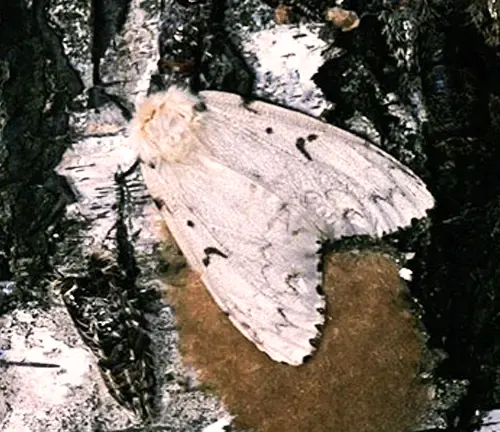
Oak trees face a range of challenges from pests and diseases that can compromise their health. Pests like oak borers, gypsy moths, and scale insects can inflict damage on tree structures. Meanwhile, diseases including oak wilt, powdery mildew, and anthracnose pose threats to oak trees’ well-being. Counteracting these challenges requires a proactive approach, involving preventative care and early detection to safeguard the vitality of these iconic trees and preserve their integral role in ecosystems.
Different Types of Oak Wood
- White Oak (Quercus alba): White oak is known for its dense and durable wood. It has a light to medium brown color and a straight grain. White oak is resistant to decay and moisture, making it suitable for outdoor furniture, boat building, and barrel production.
- Red Oak (Quercus rubra): Red oak is another commonly used oak species. It has a reddish-brown color and a distinctive open-grain pattern. Red oak is used for a wide range of applications, including furniture, cabinetry, flooring, and interior trim.
- Black Oak (Quercus velutina): Black oak wood varies in color from light to medium brown with a reddish tint. It has a prominent grain pattern and is used for similar applications as red oak, such as furniture, cabinetry, and flooring.
- Bur Oak (Quercus macrocarpa): Bur oak wood is known for its light to medium brown color and attractive grain pattern. It’s relatively heavy and strong and is often used for furniture, cabinetry, and interior trim.
- Live Oak (Quercus virginiana): Live oak wood is hard, dense, and durable. It has a yellow-brown to dark brown color and is commonly used for shipbuilding, outdoor structures, and woodworking projects that require resistance to decay and insects.
- Post Oak (Quercus stellata): Post oak wood is similar in appearance to white oak but is usually more coarse-grained. It’s used for fence posts, beams, and utility lumber due to its durability.
- Pin Oak (Quercus palustris): Pin oak wood has a pinkish-brown to reddish-brown color with a relatively straight grain. While not as commonly used in woodworking as some other oak species, it’s sometimes used for furniture, cabinets, and flooring.
- Swamp White Oak (Quercus bicolor): Swamp white oak wood has a light to medium brown color with a prominent grain pattern. It’s used for furniture, cabinetry, and flooring, and its resistance to decay makes it suitable for exterior applications as well.
Frequently Asked Questions:
- Is oak wood good for outdoor use?
While oak is durable, it isn’t as resistant to moisture and insects as some other woods. For outdoor use, it’s recommended to use treated oak or ensure it’s well-sealed. - How long does oak wood last?
With proper care, oak furniture or structures can last for generations. - Can you paint oak wood?
Yes, oak can be painted, but due to its porous nature, it’s essential to prepare the surface correctly for the best results. - Is oak wood sustainable?
Many oak wood suppliers ensure that their wood is sourced sustainably. It’s always a good practice to look for certifications or ask about sourcing when purchasing.
Oak wood has been a pillar in the world of woodworking for centuries and with good reason. Its versatility, strength, and beauty make it a sought-after choice for various applications. Whether you’re looking to craft furniture, build structures, or simply appreciate the grandeur of an oak tree, this wood is sure to leave a lasting impression.



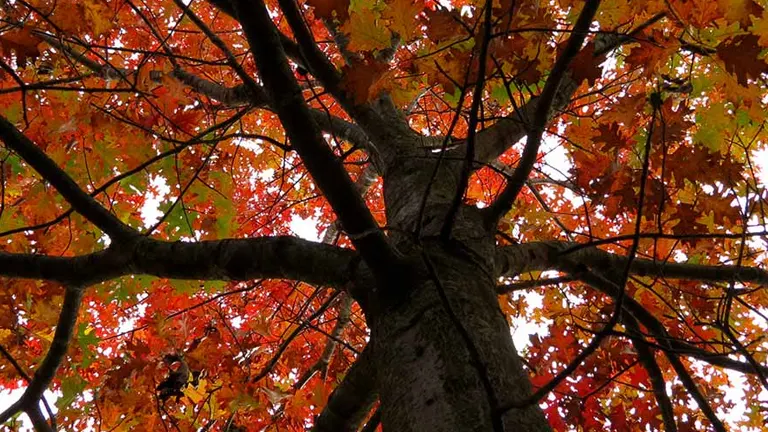
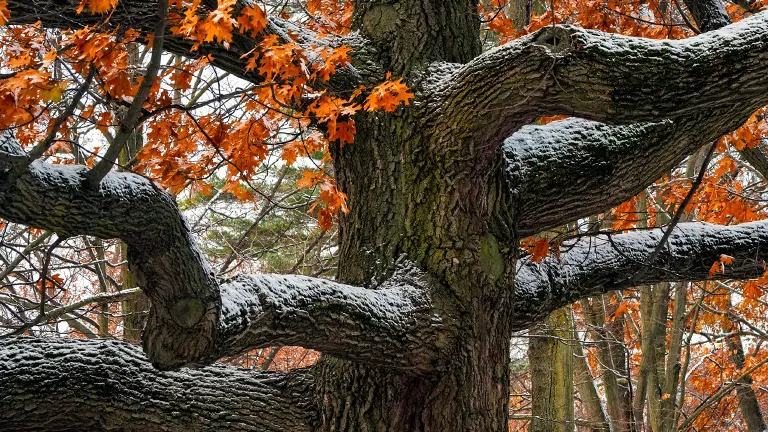
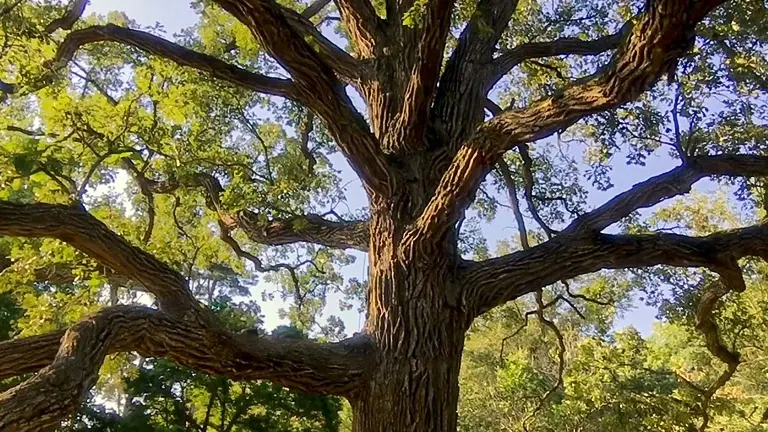
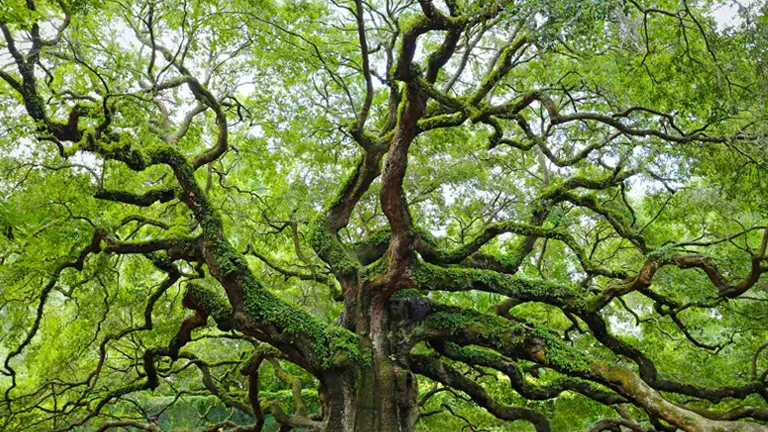

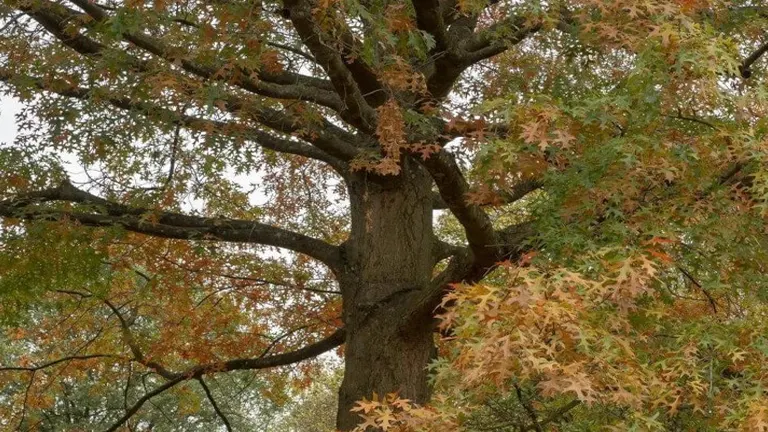


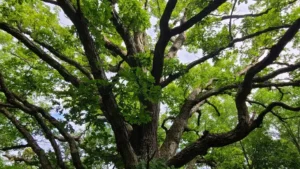

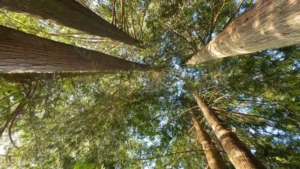
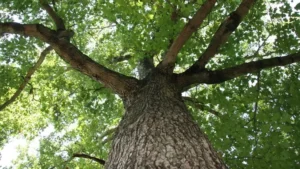

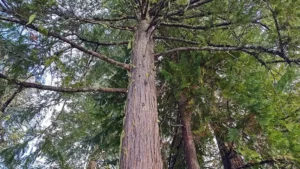

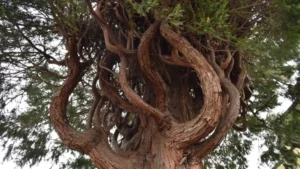
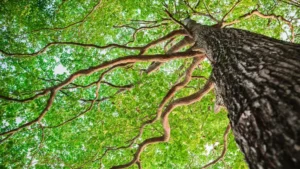
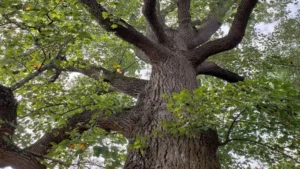
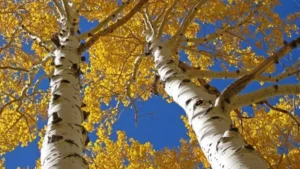
Where are the Cork Oak trees/pictures?
Justin Rich
March 5, 2024 6:18 am